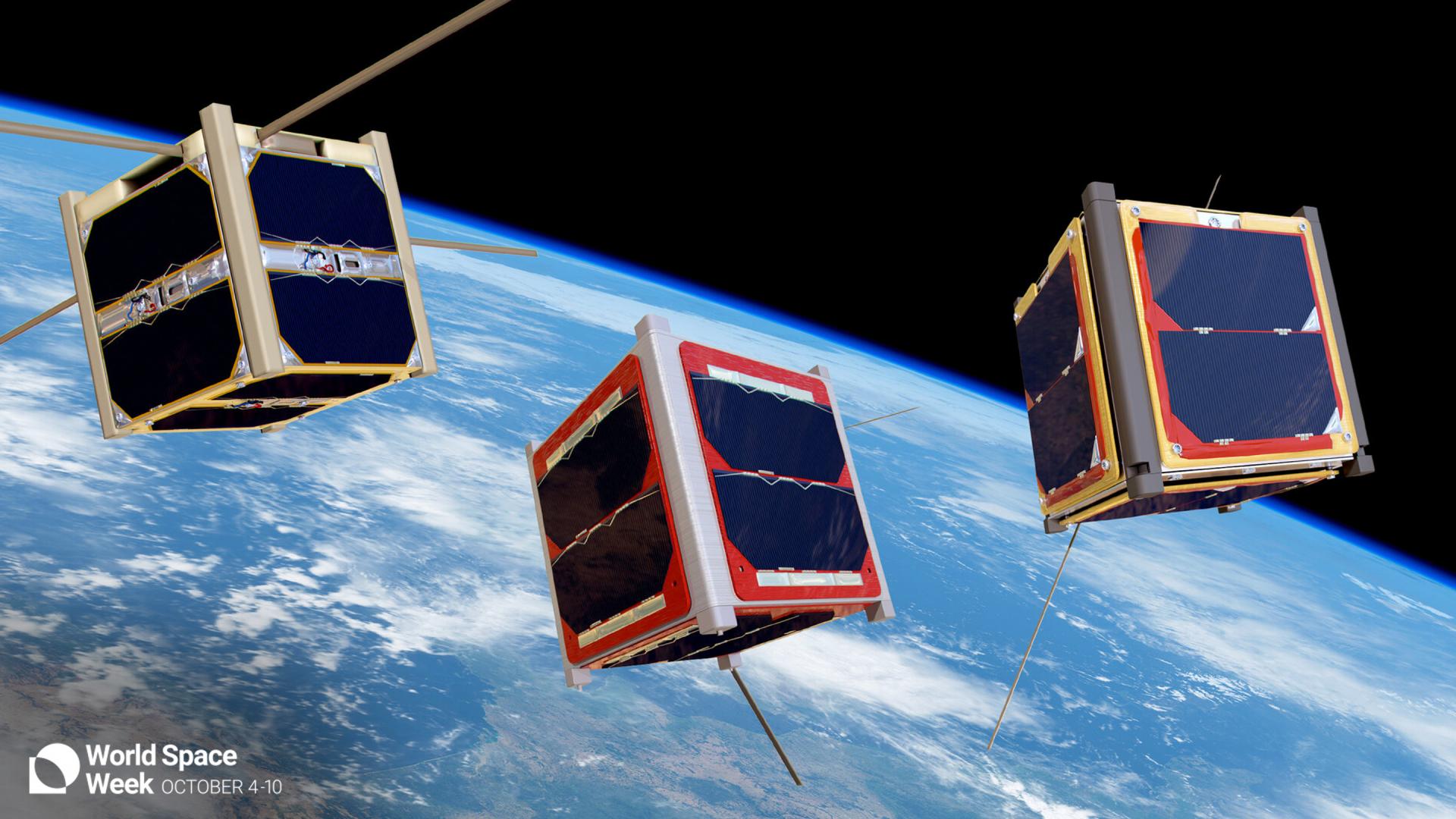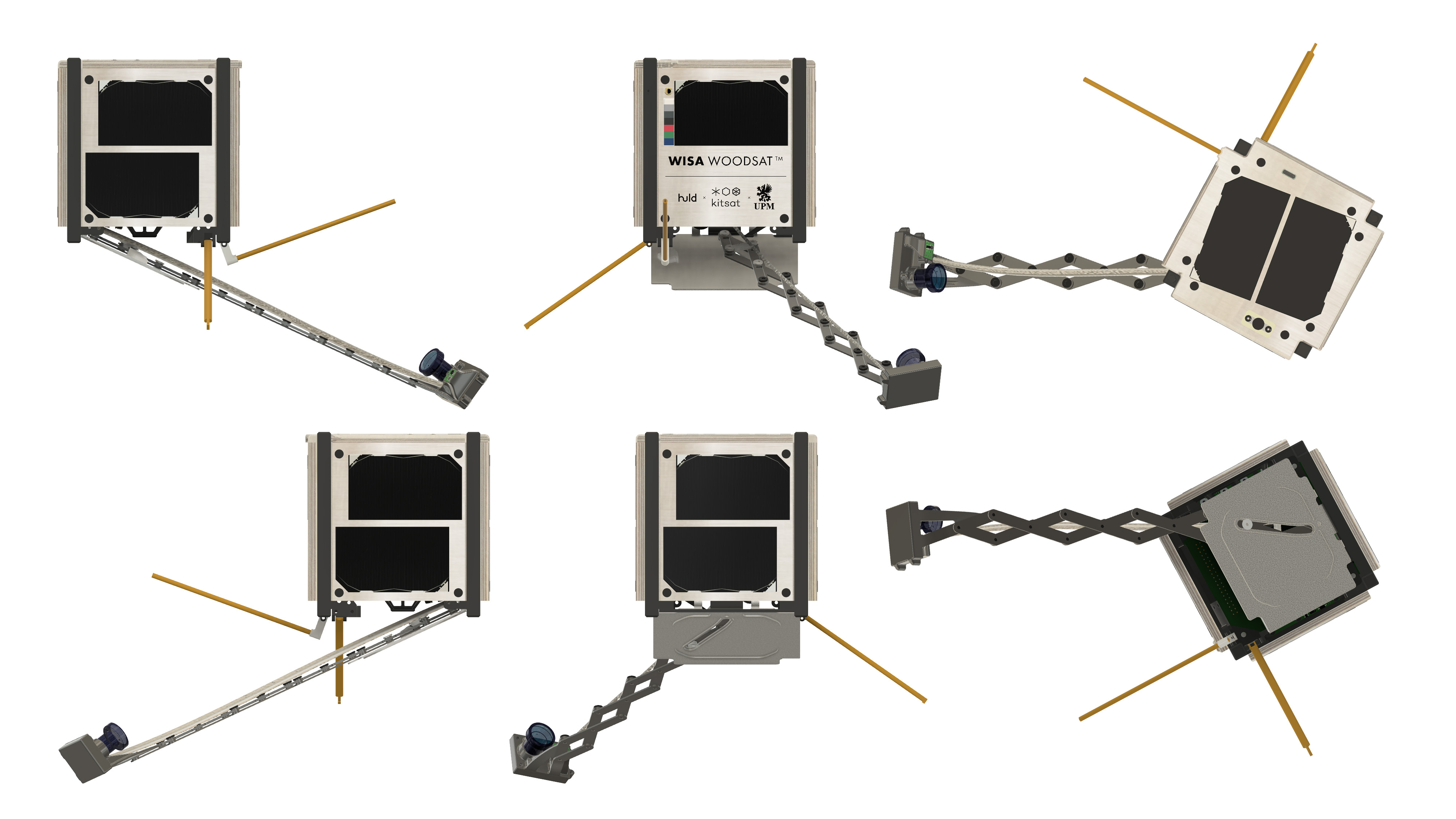

CubeSats have brought the revolution in space during the last two decades. It was an idea from professors Jordi Puig-Suari of California Polytechnic State University and Robert Twiggs from Stanford University, who proposed in 1999 a standard for nanosatellites.
Their idea was to enable university students to design, build, test, and operate real spacecraft with capabilities similar to that of Sputnik, the first spacecraft launched in 1957.
First CubeSats were launched in 2003 and since that almost 2000 CubeSats have been launched with plans for over 2500 nanosats to launch in the next six years.
One of those is WISA Woodsat, the first wooden satellite in the world.
The origins of the CubeSat standard can be tracked down to 1998 when as a result of work done at Stanford University by professor Twiggs, the most important aspect in developing small satellites was defined: a way to launch the satellites easily and release them to orbit.
The result was a launching mechanism, that led the way to the CubeSat standard: a ten-centimeter cube as a base for the satellites, that were counted as units
The name “CubeSat” comes naturally from a cube: the satellites are made up of multiple cubic modules of 10 cm × 10 cm × 10 cm in size. Just one cube – or unit – is more than enough for a basic satellite, but for more ambitious missions more volume – more cubes or units – are needed.
This system and adapted launcher pod system were presented and internationally approved in 1999.
Typically 1-unit CubeSat weighs more than 1 kg, but WISA Woodsat will just a little bit less than a kilo, making it an exceptionally light satellite. In fact, officially it is a picosatellite instead of a nanosatellite, because of the lightless of the plywood, but otherwise, it is fully a nanosatellite.
The largest CubeSats are nowadays 12 units, measuring 20 cm × 20 cm × 34 cm. On the other hand, the development of electronics has resulted in smaller satellites. The smallest CubeSats are 0,25 units, meaning their height is just 2.5 cm.
When originally the CubeSats were entitled to universities, now this standard is used also by commercial companies. It is a base for all kinds of satellites needing a simple, straightforward, and inexpensive ride to space. Just some years ago CubeSat launch pods were installed only as secondary payloads to rockets, but now there are dedicated rideshare launched only for small satellites.
More than 100 CubeSats and other smallsats can be launched with a single rocket.
Most of the CubeSats use commercially available off-the-shelf electronics components, and this fact was also a driving factor when Kitsat was developed. By carefully selecting the inexpensive versions of the “real” space components the price of the satellite was lowered to 1000 euro category instead of about 10 times more.

WISA Woodsat is a CubeSat, and during the launch, it is literally a compact cube. The camera boom is packed in the lower part of the satellite and the antennae are lined with the surface. They will pop open in space after the satellite has been released from the dispenser.
During the launch, the satellite lays inside the dispenser. When the rocket is in orbit, the satellites are released according to a pre-planned timetable: the lids of the dispensers are opened remotely and a spring in each dispenser pushes slowly but firmly the satellite out to space.
WISA Woodsat will use Rocket Lab’s Maxwell CubeSat dispenser featuring carbon-composite design and material, making it the lightest dispenser in its class. Maxwell is a reliable, flight-proven dispenser family with a strong heritage across multiple missions and successful deployments.
This video made during the Suomi 100 satellite launch campaign explains (first in Finnish and in English from 1:04 minutes) more about the CubeSat format and also visits the CalPoly satellite laboratory – the birthplace of the CubeSat system. Featuring CubeSat guru Ryan Nugent himself!
Title image from ESA Education's Fly Your Satellite – an inspiration for us as well.
